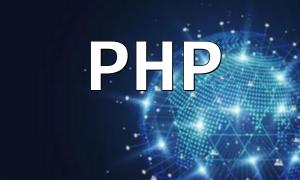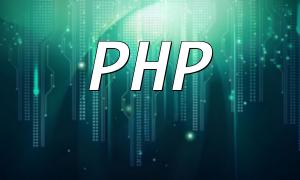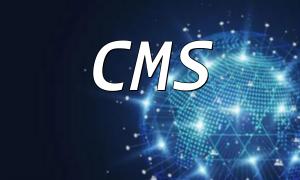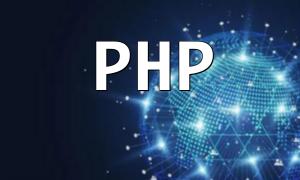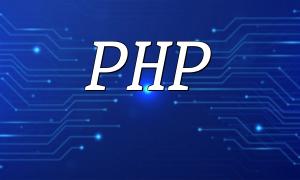In the age of booming e-commerce, mall product management systems have become an indispensable tool for merchants. With its flexibility and high efficiency, PHP has become the preferred programming language for developing mall product management systems. This article will introduce the development process of PHP mall product management systems and share some experiences to help developers better understand and apply PHP in building such systems.
Requirements Analysis: Before starting the development process, the first task is to understand the specific needs of the merchants. This includes the type of product information to be managed, inventory management, sales management, and other functionalities. By communicating with the merchants, we can clarify system requirements and develop a development plan and system architecture design.
Database Design: The database is the core of the mall product management system, mainly used to store product information, inventory status, sales records, and more. When designing the database, it is important to carefully design the structure and relationships of tables to improve system performance and ensure scalability.
Interface Design: The interface design is the bridge between the user and the system, directly affecting the user experience. The mall product management system must have a simple, user-friendly interface, ensuring that merchants can efficiently manage product information and view sales data. During the design, both aesthetic appeal and usability should be considered.
Back-End Development: Back-end development is the core part of the mall product management system, involving functionalities such as product management, inventory management, and sales management. Developers can use PHP frameworks (e.g., Laravel or CodeIgniter) to speed up the development process, while leveraging basic PHP techniques like database operations and form validation.
Front-End Development: Front-end development is responsible for displaying products and presenting data. Technologies like HTML, CSS, and JavaScript are commonly used. A well-designed front end enhances the user experience and ensures smooth interactions when merchants manage products.
Testing and Deployment: After the system is developed, the testing phase is crucial. All functionalities need to be thoroughly tested to ensure system stability and efficiency. Once issues are identified, they should be fixed, and after multiple rounds of testing, the system is deployed to the production environment to ensure that merchants can use it effectively.
Leverage PHP Frameworks: Using PHP frameworks (such as Laravel, CodeIgniter) can significantly improve development efficiency and ensure system stability. Frameworks provide rich functionality and security features, helping developers quickly set up the project's basic structure.
Rational Database Design: The database design of the mall product management system directly affects system performance and scalability. When designing the database, adhere to normalization principles, carefully design table structures, indexes, and constraints to improve query efficiency and ensure data integrity.
Enhance System Security: Mall product management systems involve sensitive data, such as product information and sales records. Therefore, security is paramount. During development, it is essential to implement strong security measures, such as input validation, password encryption, and auditing, to protect the merchant's data from hacking and leakage.
Performance Optimization and Scalability: As the scale of the business grows, the system will need to handle more data and user requests. Therefore, performance optimization and scalability must be considered. Techniques such as caching, distributed architectures, and load balancing can help ensure that the system remains stable and responsive under heavy usage.
This article shared the development process and experiences of a PHP mall product management system, with the hope that it will help developers better understand and apply PHP technology in their development. In the actual development process, continuous learning and practice are key to improving system quality. We hope this article serves as a guide and provides valuable insights for your development efforts.
